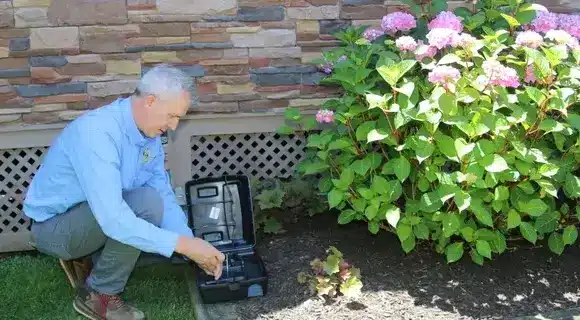


Bryobia praetiosa (Common Clover Mite)
Clover mites reproduce parthenogenetically, meaning all individuals are female and can lay eggs without mating. Their eggs are often deposited in protected areas such as cracks in building foundations or under tree bark. They thrive in well-maintained lawns with ample moisture and can migrate indoors in search of warmth during seasonal transitions.
Clover mites are attracted to moisture and often enter homes through small cracks and openings around windows, doors, and foundations. Our treatment approach includes:
Clover mites are drawn to lush, well-watered lawns and often congregate on warm exterior surfaces. They enter homes through tiny cracks in foundations, windows, and doors when the weather shifts.
No, clover mites do not bite humans or pets and are not harmful. However, they can be a nuisance due to their large numbers and the red stains they leave behind when crushed.
Sealing cracks and gaps around windows, doors, and foundations can help reduce entry points. Reducing moisture around the home and maintaining a vegetation-free perimeter can also deter clover mites.
Clover mites are most active in the spring and fall, especially on warm, sunny days. They are less active during the hot summer months.
Clover mite populations naturally decline within a few weeks, especially as temperatures rise. However, if they have already entered your home, professional treatment can help eliminate them faster.
We treat the perimeter of the home with a targeted mosquito spray, focusing on high-risk entry points and sunny areas. We also provide recommendations for moisture control and preventative measures to reduce future infestations.
Vacuuming visible mites and sealing entry points can help, but professional treatment is often needed for long-term control, especially if infestations recur.


